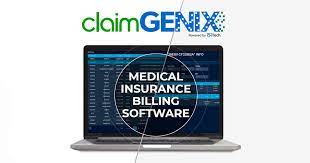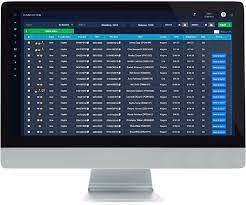Manual medical billing vs. electronic medical billing

Medical billing is a critical process that ensures healthcare providers get paid for the services they provide. There are two main approaches to medical billing – manual and electronic. Both have their advantages and disadvantages. This article will compare manual vs electronic medical billing to help practices understand the key differences.
Overview of manual medical billing

With manual medical billing, claims are prepared and submitted physically on paper. Billing staff complete CMS-1500 forms or UB-04 forms by hand, document the necessary details like codes and charges, and mail the claims to insurance carriers. This is how medical billing was traditionally handled before the advent of practice management and medical billing software.
Key tasks in manual billing include:
● Reviewing patient visit notes and paperwork to identify billable services
● Looking up details like CPT codes and diagnosis codes
● Calculating charges manually based on fee schedules
● Filling out billing forms by hand
● Mailing paper claims via post
● Logging claims to track status
● Following up on claims by phone or mail
● Resubmitting denied claims with additional info
Benefits of manual medical billing
There are some benefits associated with manual medical billing:
● Lower startup costs – Avoid software subscription fees and hardware upgrades
● No technical skill required – Any staff can learn medical billing forms
● Full control over claims – Billers touch every claim before sending
For some small or older practices, the familiarity of paper forms and lower investment of manual billing may still make sense.
Challenges of manual systems
However, there are considerable downsides to relying on paper records and processes:
● Time-intensive – Everything is slower when done manually
● Higher denial rates – More errors lead to more rejected claims
● Limited analytics – Harder to analyze denial causes or optimize revenue
● Data entry required – Have to manually transfer data into practice management or EHR system
For these reasons, manual systems are frustrating and inefficient for many modern practices.
Transitioning to electronic medical billing
Electronic medical billing uses practice management/EHR software and clearinghouses to automate and streamline processes. Popular solutions include ClaimGenix, DrChrono, and AdvancedMD. Specific advantages include:
1. Automated claims creation
● Claims dynamically built from patient visit info
2. Error checking
● Codes, modifiers, attachments automatically validated
3. Faster submission
● Send batch claims to clearinghouses electronically
4. Payment tracking
● Dashboards make it easy to monitor claims status
5. Reporting
● Understand rejections reasons, denial trends, and more
6. Improved revenue cycle efficiency
● Faster payment turnaround days boosts cash flow
For most practices, optimizing billing workflows with automation allows them provide better patient care. The time savings from electronic systems lets staff focus on critical administration responsibilities or additional patient volume.
Is manual billing still relevant?

While electronic billing software is preferred for large health systems and practices, manual billing isn’t entirely obsolete. Some small clinics with limited patient volumes can still function with paper-based workflows if careful attention is paid to accuracy and turnaround times. However, the complexities of insurance procedures, coding changes, and quality program demands make fully manual billing an uphill climb.
Electronic solutions have become essential for most practices to simplify medical billing, avoid costly errors, and get paid faster. But for some smaller practices, manual billing can still be a feasible, if not ideal, solution when done carefully. As patient volumes increase, however, most will need to implement clinic management and billing technologies to sustain an efficient revenue cycle. Considering the options early on is crucial to support practice growth over the long-term.
Hopefully this overview has helped explain some of the core differences between manual vs electronic medical billing. Reach out with any other questions!
